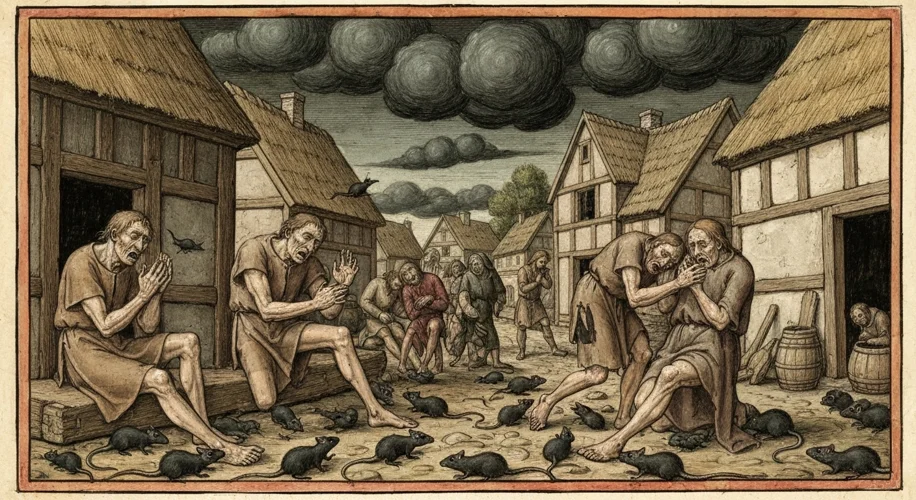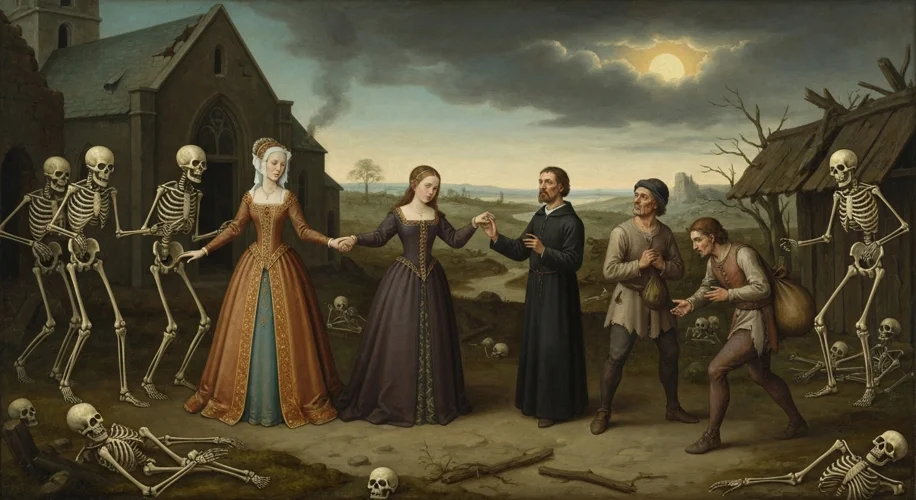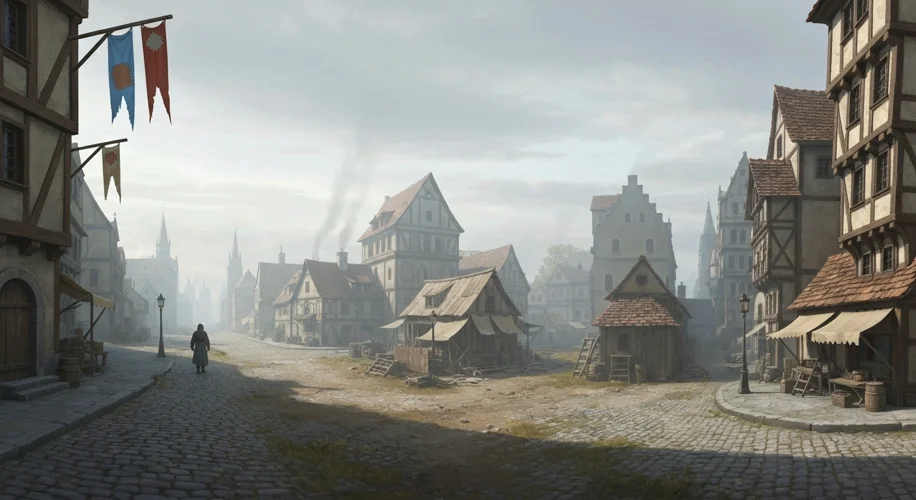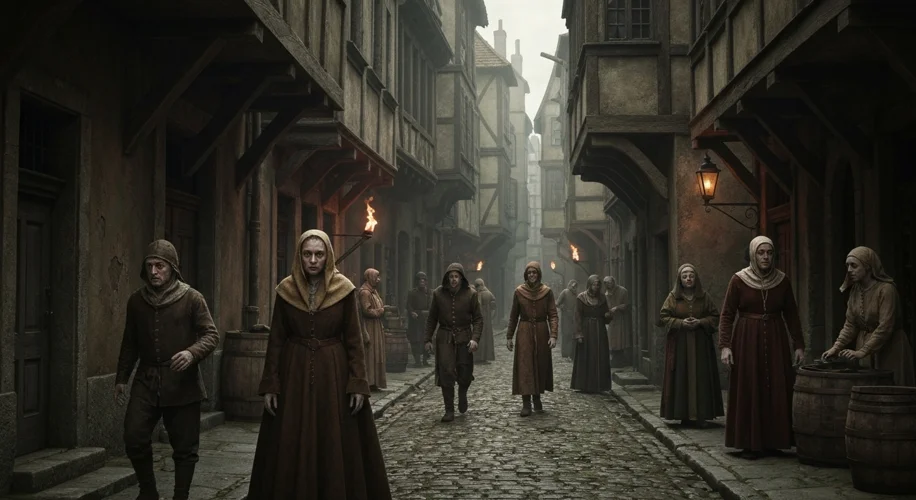Consider the following scenario: Europe, Asia, and North Africa in the mid-14th century. Life, though often harsh, had a rhythm. Then, a shadow fell. Not a shadow of war or famine, but something far more insidious, something that arrived on the silent wings of fleas and rats. This was the dawn of the Black Death, a pandemic that would irrevocably alter the course of human history.
The year is 1347. Ships, their sails filled with trade and ambition, docked in Sicilian ports. But they carried more than silks and spices. They carried the plague. The bubonic plague, caused by the bacterium Yersinia pestis, had been lurking in the East for years, a silent killer in the bustling Silk Road cities. Transmitted by fleas that infested black rats, common stowaways on merchant vessels, it found fertile ground in the crowded, unhygienic conditions of medieval Europe.
Imagine the scene: a port city, alive with the usual clamor of merchants and sailors. Within days, the unthinkable begins. First, fever, chills, and agonizing pain. Then, the tell-tale buboes – swollen, black lymph nodes in the groin, armpits, and neck, that gave the plague its grim moniker. The stench of death soon permeated the air, thicker than any sea salt or spice. Fear, a primal, all-consuming terror, replaced the everyday anxieties of life.
Key figures in this unfolding tragedy were not just kings or popes, but ordinary people caught in an extraordinary nightmare. Physicians, armed with little more than superstition and rudimentary knowledge, were as helpless as the peasants they tried to treat. Clergy wrestled with theological explanations, some seeing the plague as divine punishment, others as the work of the Devil. Families were torn apart, parents abandoning children, spouses fleeing each other, for fear of contagion. The very fabric of society began to unravel as the familiar bonds of community and kinship frayed under the immense pressure of mortality.
The plague’s spread was terrifyingly swift. From Italy, it raced across Europe, following trade routes like a relentless hunter. France, Spain, England, Germany – no corner of the continent was spared. Villages were decimated, cities emptied. It is estimated that between 75 and 200 million people perished in this catastrophic event, a staggering loss of life that meant nearly half of Europe’s population vanished in just a few short years. The sheer scale of death was unprecedented.

The consequences of the Black Death were profound and far-reaching. The most immediate impact was a drastic labor shortage. With so many dead, those who survived found their labor suddenly in high demand. This dramatically shifted the balance of power between lords and peasants. Serfs, once bound to the land, could now demand better wages and conditions, leading to the decline of feudalism in many areas. Land became abundant, and those who inherited it often found themselves wealthier, even as they mourned their lost kin.
Religion and culture also underwent seismic shifts. The Church, unable to explain or halt the plague, saw its authority questioned. Many turned to extreme forms of piety, flagellant movements, or sought solace in morbid art and literature that reflected the pervasive sense of death. The danse macabre, or dance of death, became a popular artistic theme, a stark reminder that death spared no one, regardless of status.

Analyzing the Black Death reveals not just a historical event, but a crucible that tested humanity. It exposed the vulnerabilities of medieval society, its reliance on flawed medical practices, and its rigid social structures. Yet, it also showcased resilience. Survivors, though scarred, had to rebuild. They learned, adapted, and ultimately, thrived. The economic shifts paved the way for new opportunities, the questioning of authority sowed seeds for future intellectual revolutions, and the shared trauma, while devastating, ultimately forged a stronger, albeit changed, humanity.
The Black Death wasn’t just a pandemic; it was a societal reset button. It stripped away the old and, through immense suffering, began to lay the foundations for a new world. The echoes of its impact still resonate today, a somber testament to the fragility of life and the indomitable spirit of survival.


